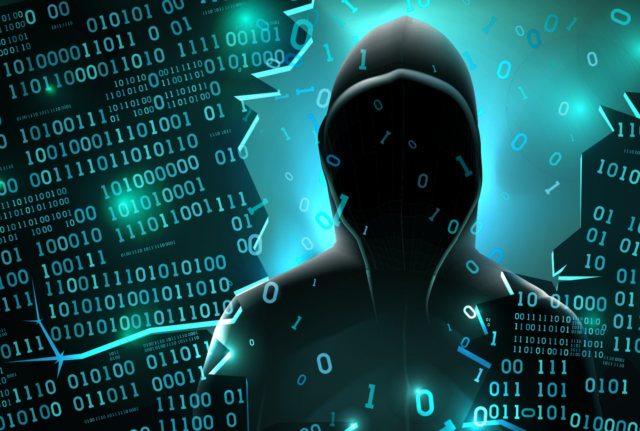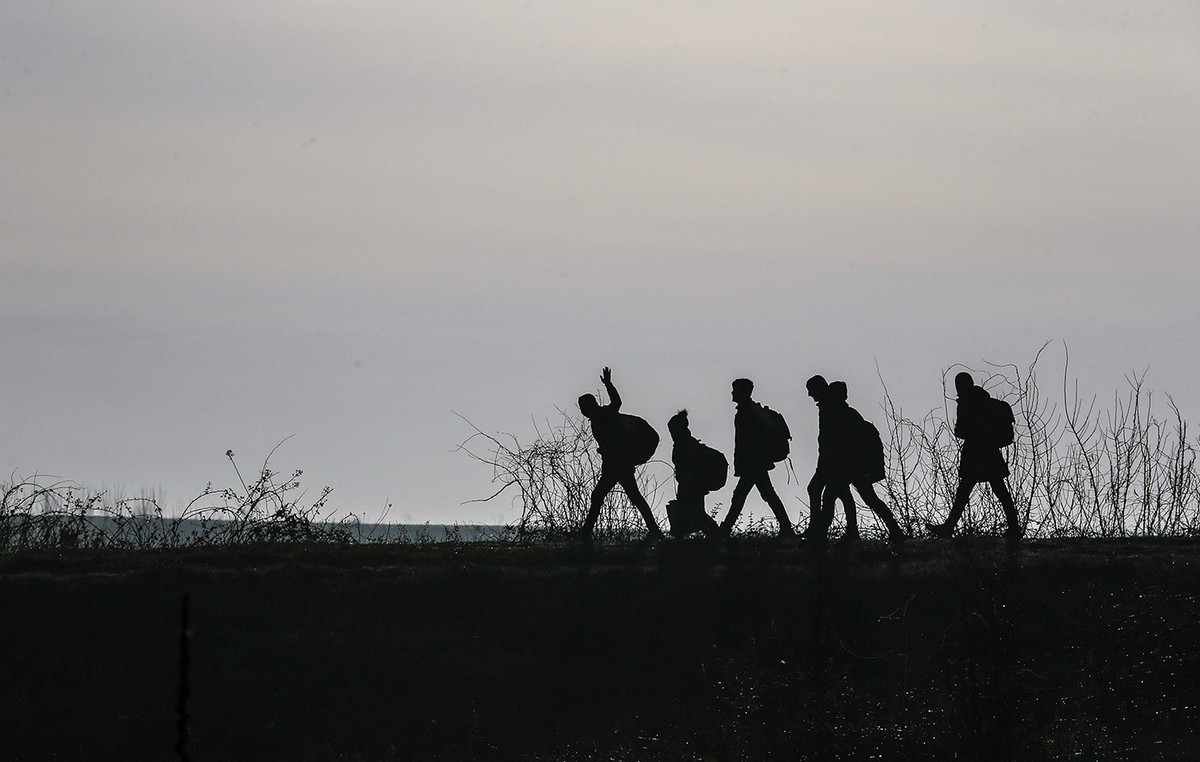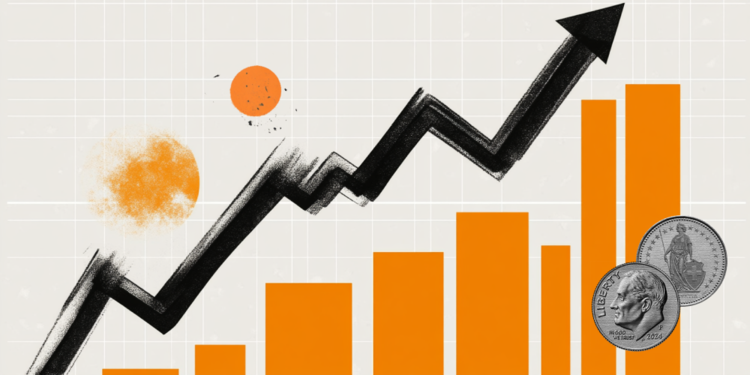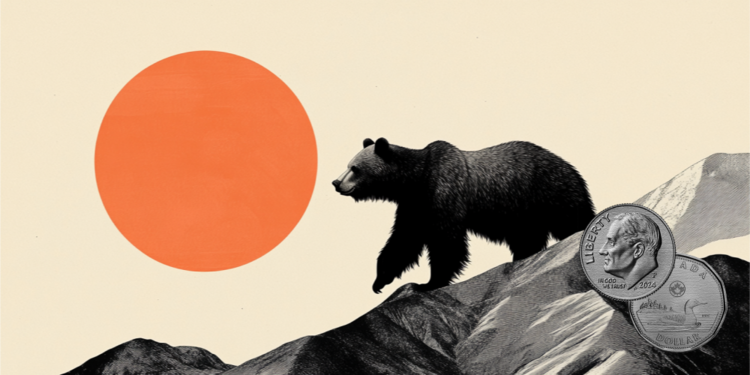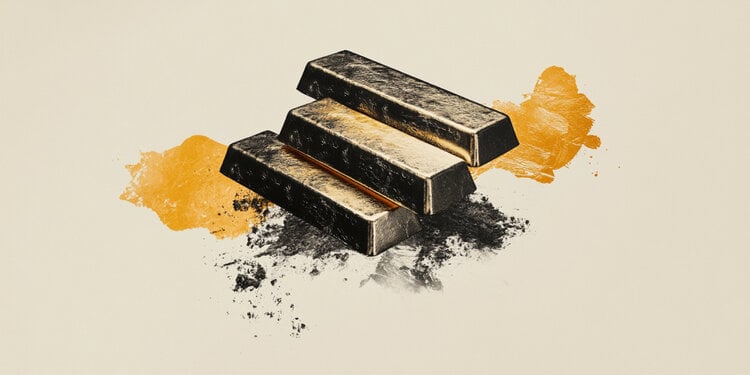It is undoubtedly a natural and spontaneous gesture to share pictures of your children with friends and relatives, but when they end up on social networks, problems are lurking. The network, in fact, is not a completely protected environment, let alone secure.
The phenomenon of sharinga neologism that combines two English terms share (share) e parenting (parenthood), refers precisely to the habit of parents to publish online images and videos of their children. A behavior that is anything but occasional.
According to a recent survey by SecurityORG in the United States 75% of parents admit to post content concerning their own children on social networks and in 80% of cases the real names of minors are used. Less than 25% of respondents he said he asked his children for permission to share their images.
What are the risks
There is definitely a theme of privacy. In fact, the right to privacy, to the protection of one’s data and one’s digital identity concerns everyone, including minors as clearly indicated in the Convention on the Rights of the Child and Adolescent, reaffirmed by the introduction of the GDPR (General Data Protection Regulation ).
There is even a European regulation (2016/679) which underlines the importance of this aspect. «Children deserve specific protection with regard to their personal data, as they may be less aware of the risksthe consequences and safeguards concerned as well as their rights in relation to the processing of personal data”.
But parents are mostly unaware of the potential consequences. A research conducted by the University of Michigan, 27% of parents admitted to having shared inappropriate photos of a minor, 51% to having given information that could detect the position of a minor and in 56% of cases, mom or dad have given embarrassing information about their children.
The risks are far from trivial. The more tangible ones concern the children’s digital reputation which could be compromised, even unintentionally, and which could become a problem in adulthood. Photos and videos can hardly be deleted once published. A problem which, however, could have even more immediate consequences, as demonstrated by the phenomena of cyberbullying affecting minors.
By raising threat levels, sharing child-related materials can allow criminals to enact online solicitation attempts using pictures of the little ones to open fake online profiles. This practice is also known by the English term grooming. From here to digital identity theft the step is short. And in this infernal spiral there are two other terrifying dangers: the possibility that the images of our children are used to feed the exchange of child pornography materials (sometimes making photo montages), up to kidnapping.
How to protect yourself
The first suggestion, of course, would be to not publish anything, but it is clearly an extreme and frustrating choice. So better take some precautions. Especially in the case of younger children it would be best to avoid highlighting facesif you don’t want to obscure them, film them at least from the side, partially covered, in dim light.
It’s a good thing too avoid detecting the location of children, their habits, their passions, their programs (school trips, afternoon classes, etc…). A check that should also be done on the profiles of the parents of your children’s friends and schoolmates.
It is also necessary to pay some attention to the privacy policies of the various digital environments, sites and platforms, activating all the protections provided where possible. You can also set it to Google if you want receiving a notification if the name of one’s children appears on the net. It would also be ideal if these methods of protection are also shared with the other parents.
In case you find any suspicious activity or you are faced with a cybercrime, you should contact the competent authorities, such as the Police post or the Privacy guarantor.
Source: Vanity Fair
I’m Susan Karen, a professional writer and editor at World Stock Market. I specialize in Entertainment news, writing stories that keep readers informed on all the latest developments in the industry. With over five years of experience in creating engaging content and copywriting for various media outlets, I have grown to become an invaluable asset to any team.

